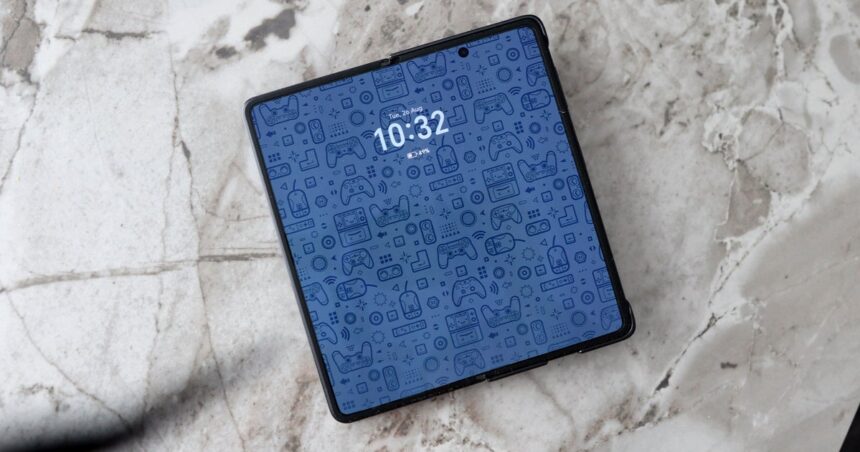Last year Honor’s Magic V3 foldable phone impressed, offering mature software, a thin and robust design and more powerful hardware. This year, thanks to the unlucky reputation of the number four in China, we’ve gone up two to the Magic V5.
The new phone follows industry trends in offering a slimmer design, a bigger battery, improved cameras, a larger internal screen and more powerful internals – including Snapdragon’s 8 Elite processor, 16GB of RAM and 512GB of storage.
But do these upgrades offer a meaningful upgrade over the 2024 model, given that the price has climbed to a massive £1699, a big ask even for this ultra-premium category? Or are you better off sticking with something a few generations older at something like half the price?
To see this content please enable targeting cookies.
Design
The Magic V5 is a tad more reserved in its colour selection than its reddish brown or green predecessors. Instead, it’s black, ivory white and the stylish dawn gold – the pick I’d personally go with. Our sample came in black.
Putting it against my Magic V3, the new model’s camera bump protrudes a bit more due to some internal upgrades I’ll discuss later. However, the overall profile of the phone, both unfolded and folded, is even slimmer than its predecessor.
Interestingly, it’s the ivory white version that’s technically the slimmest, at just 4.1mm unfolded and 8.8mm when folded; the black and dawn gold models sit at 4.2mm and 9mm respectively. Nonetheless, that’s still 0.2-0.3mm less than the Magic V3, and virtually identical to the new Samsung Galaxy Z Fold 7’s 8.9mm total thickness. The Google Pixel 10 Pro Fold, at 10.8mm, is a positive porker by comparison.
As much as the thickness and weight (of 217g) aren’t massive departures from the V3, it feels good to know that we’ve gotten to the stage where foldable phones aren’t cumbersome to use. The Magic V5 fits into a regular-sized pocket and into adult hands without issues, whether folded or unfolded. As with its predecessor, you’ll have to keep a good grip on it when using it in tablet mode one-handed. Weirdly, this new model doesn’t have the same textured finish on the rear as the Magic V3 did, making it a bit more slippery.
The Magic V5 also runs with the typical modern design that Honor has typified these Magic foldables with, with a slender feel and super-thin bezels around the cover screen and main display to maximise screen real estate. I still think there’s some potential for dust and dirt ingress around the main screen, though I didn’t spot anything too egregious on my review unit.
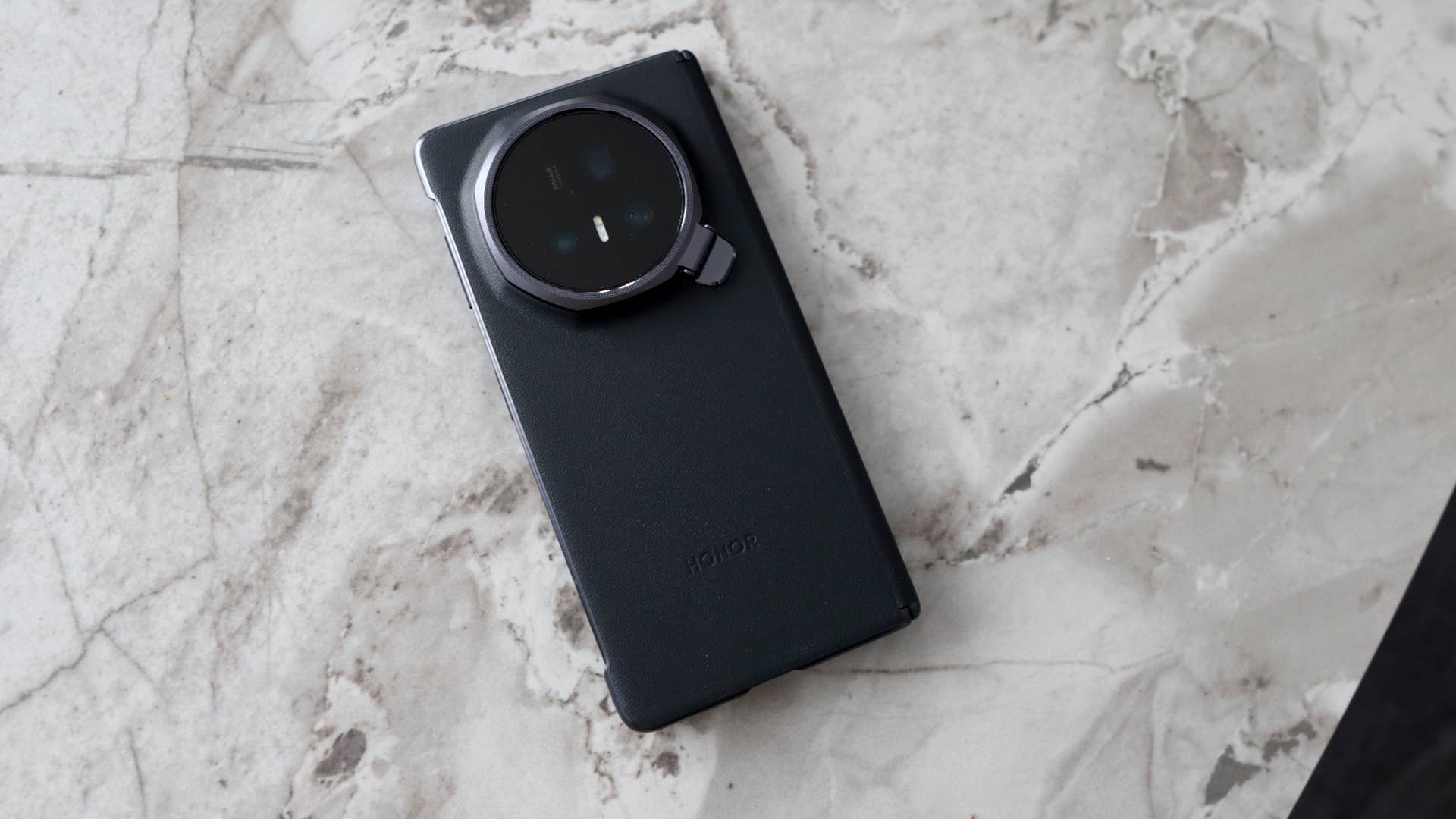
There is a similar Honor “super steel” hinge involved with this phone, which has seen some upgrades to withstand even more pressure. Honor advertising includes some big claims, including the ability to suspend 30kg of stuff from the hinge – though they obviously don’t recommend it for normal use – and the durability rating sits at 500,000 cycles.
One of the biggest upgrades with the Magic V5 is to its water and dust resistance rating, as the phone now has full-fat IP58/IP59 dust and water resistance. Its predecessor was only IPX8. By comparison, the ZFold 7 has an IP48 water resistance rating, and the Pixel 10 Pro Fold is the first IP68-rated foldable.
Display
Honor has maximised screen real estate and brightness with the Magic V5 in a move that sees the main display get a slight boost to 7.95 inches in size, while the cover display remains at 6.43 inches. Both panels can get up to 5000 nits of peak brightness with HDR in supported content for an eyeball-searing experience; these screens aren’t half short of punch, and are both OLEDs for immense depth and lovely colours.
Owing to it being slightly larger, the main display has also seen a push up to 2352×2172 resolution – about the same number of pixels as a 2560×1440 (“1440p”) display – which makes it a fantastic choice for everything from general productivity to gaming and binging content on Plex, YouTube or Prime Video. The pixel density is virtually unchanged at 403ppi, while a 120Hz refresh rate keeps things responsive.
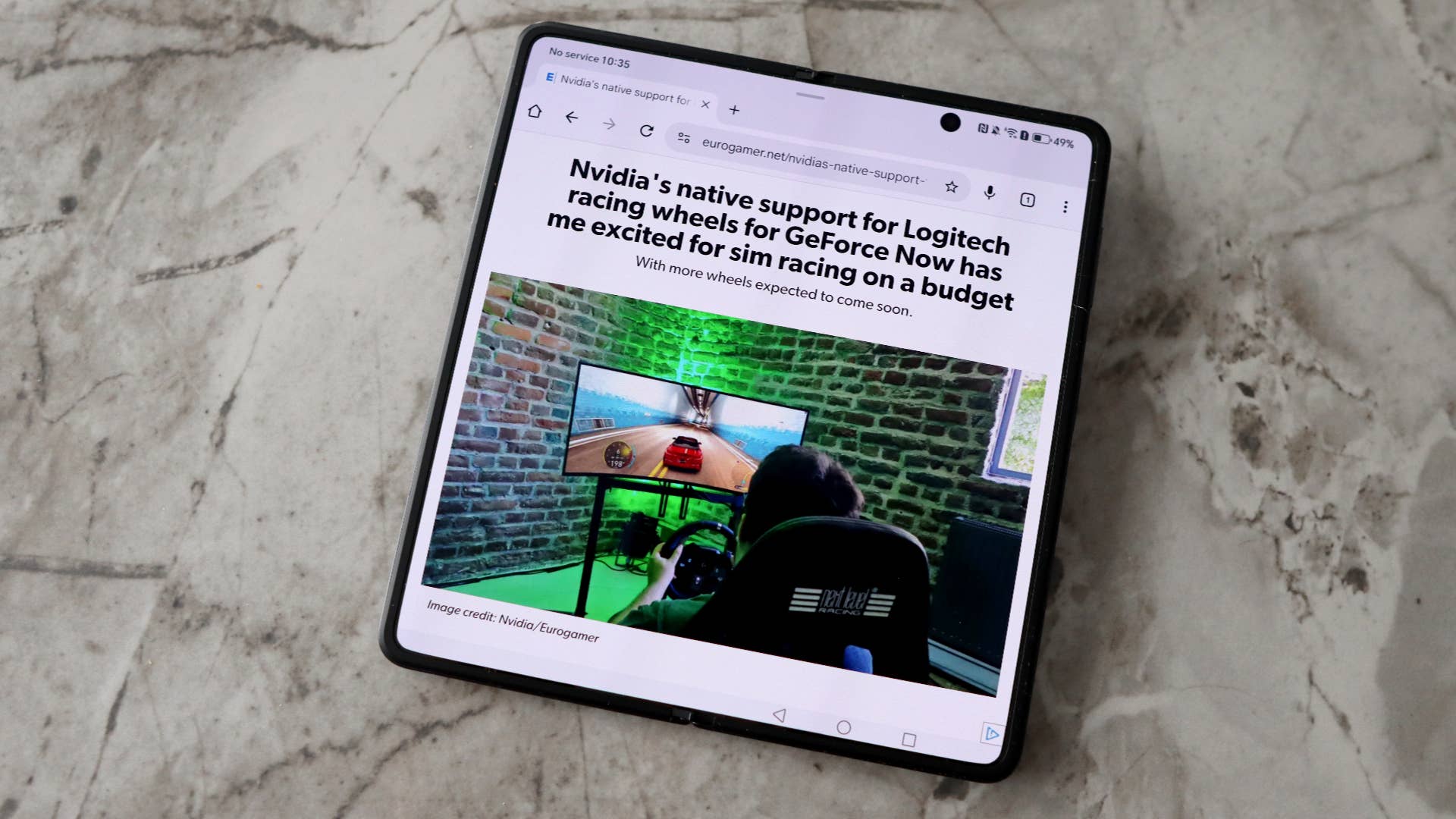
The smaller cover display impresses too, with the same 2376×1060 resolution as its predecessor, plus a 120Hz refresh rate for added zippiness. When opening the main display feels a little cumbersome, or you just want to quickly check notifications, this is a more than suitable deputy. Both screens support stylus input, though you will need to buy Honor’s stylus separately and there’s no place to store the stylus in the phone.
Certain apps and content will have a letterbox effect, not filling the screen entirely, but you can force apps and games on an individual basis to fill the screen so you can take advantage of the full 7.95 inches of real estate.
Camera
Perhaps the biggest upgrade with the Magic V5 is with what Honor has termed its new ‘AI Falcon’ camera setup, which they say gives a conventional flagship experience in a foldable form factor. It’s typically with their camera setup that foldables have made some compromises, but Honor has attempted to change that.
We’ve got a 50MP main camera, plus a boosted 64MP periscope-lens telephoto with 3x optical zoom and 100x digital zoom, and a 50MP ultrawide sensor.
General detail and colours are pleasant across the board in my testing on a few walkabouts in London, although I still think the Magic foldable cameras tend to favour over-saturated colours for as much pop as possible; the shot of the back of the Routemaster bus proves this.
Cropping into shots reveals a strong maintenance of detail from the main and ultrawide sensors, while the 3x optical zoom provides some good quality when punching in on a subject a tad. Going into the digital zoom range requires some AI help to maintain a semblance of proper quality, especially at the full 100x you’re likely to only use for a laugh.
As for low-light performance, images are smoothed out a little so they lack some detail, but there isn’t much in the way of noise to make for a generally clean image. As with its predecessor, the fuzziness is virtually gone, and there’s enough light compensation without things getting overblown.
The front cameras remain unchanged to my knowledge, with the same 20-megapixel selfie options that provide neutral colours and decent detail retained. Of course, as this is a foldable phone, it’s worth noting that you can prop the phone up and use the much more competent rear lenses for taking vain photos of yourself.
Performance
Internally, the Magic V5 gets the proper flagship treatment for 2025, as you’d expect for a phone at its high price tag, benefitting from the new Snapdragon 8 Elite processor plus 16GB of RAM and 512GB storage for good measure.
In the GFXBench gaming tests, we’re seeing a bigger boost in the Aztec Ruins High Tier test at 60fps against its predecessor’s 46fps, while Car Chase also sits at 60fps against 57fps from the Magic V3. It’s worth bearing in mind that the higher-res internal screen makes this a slightly sterner test for the V5 than last year’s V3.
The scores in Geekbench 6 aren’t demonstrably stronger than the Snapdragon 8 Gen 3 chip inside the Magic V3, although we are seeing healthy boosts in both the 3DMark Wild Life Extreme and PCMark Work 3.0 tests, proving the Magic V5 is better at both intensive gaming loads and general productivity loads.
| Benchmark | Honor Magic V5 | Honor Magic V3 | Honor Magic V2 RSR |
|---|---|---|---|
| Geekbench 6 Single Core | 2256 | 2214 | 2030 |
| Geekbench 6 Multi Core | 5237 | 5699 | 4928 |
| 3DMark Wild Life Extreme | 4929 | 4471 | 3748 |
| GFX Aztec Ruins High Tier | 60fps | 46fps | 46fps |
| GFX Car Chase | 60fps | 57fps | 56fps |
| PCMark Work 3.0 | 21201 | 17419 | 14089 |
In use, I found it to be a zippy customer, with no real noticeable slowdowns during daily use, whether I was streaming video content, working in Google Docs or just using the Magic V5 as I normally would.
With the benefit of the huge main display, it helps immersion in games such as COD Mobile and EA FC Mobile, the latter I hadn’t touched in some time. Under load, the phone also doesn’t get too warm, and is comfortable to hold for extended periods.
In addition, Honor seems to have managed the Magic V5’s performance drop-off in extended stress testing better than the previous two generations. Over the 20 runs during the 3DMark Wild Life Extreme test, the phone recorded a 33 percent performance drop-off, where its predecessors had seen drops of over 50 percent.
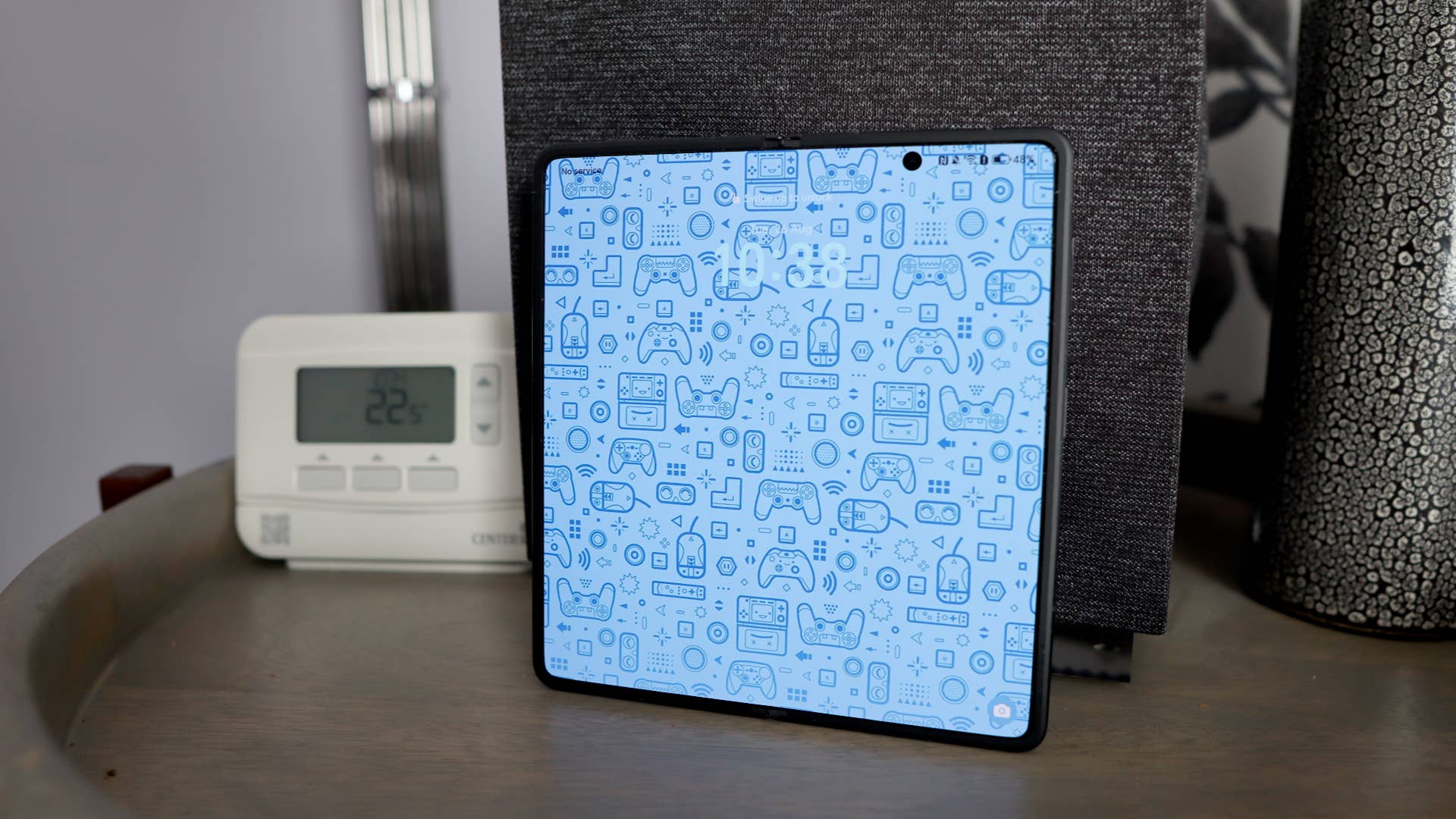
Honor is promising four years of OS updates and five years of security updates, which is perfectly acceptable if not remarkable for a phone of this class. Out of the box, it’s running MagicOS 9, Honor’s skinned version of Android 15.
I’ve had a bit of a love-hate relationship with MagicOS on Honor handsets, as I’ve never found it to be as slick or as polished as Samsung’s OneUI, for instance. The optimisations with this new variant aren’t necessarily as far-reaching as its predecessor, but there is some genuinely useful stuff pertaining to file transfer over the air and device cloning for those switching from iOS devices, as Honor says has been a common trend for their buyers.
Where this phone certainly excels is with multitasking, not least with how easy it is to create dual or triple-pane windows for when you want to write while refering to reference material or carrying on a chat, for instance. The new Multi-Flex mode allows for that triple pane, which is very handy for immense power use.
There is the usual AI gubbins baked in here too, with Google’s Gemini service acting as the backbone for systems such as Honor Notes that use the note app for summarising, formatting and grammar checking, or the Recorder app for real-time note taking. You also get some interesting AI upscaling and cutout methods in the photo app, which work with varying degrees of success in my testing.
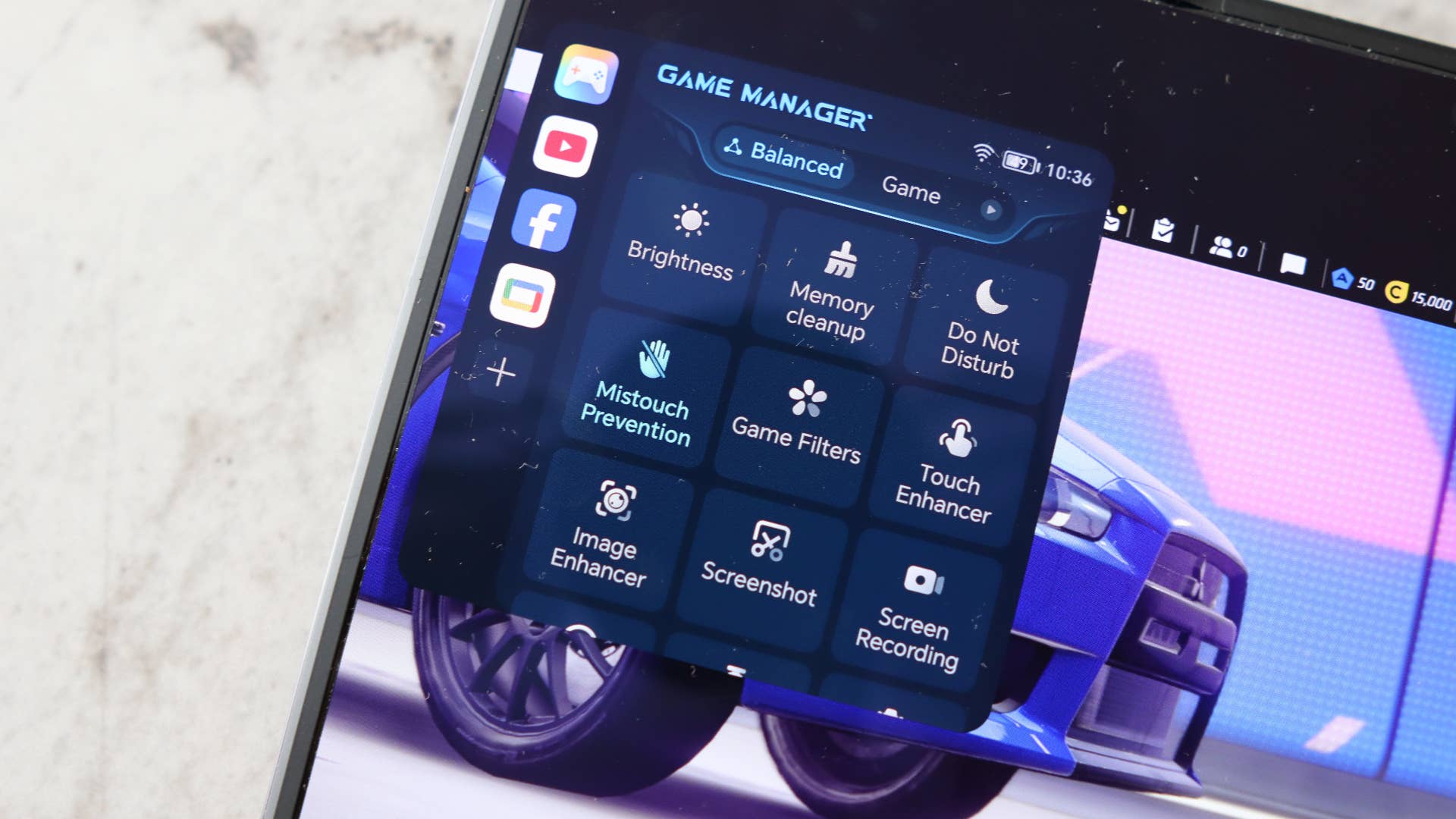
The Game Manager app makes a return, coming with convenient access at the left hand of the screen for basic features such as a rotation lock and screen recorder, as well as more advanced ones for adding filters to change the look of a game, or a touch enhancer for more responsive inputs. There are also options for changing brightness and ‘memory cleanup’ on the fly. A lot of these options are either on or off, as opposed to having any granular control.
Despite the further optimisation that Honor has attempted with MagicOS 9, I still have the same reservations as before regarding its software. For instance, it comes with Honor’s own ‘Essentials’ folder right on the front screen, but you have to be precise on where you put your finger to open the specific app. Tapping the folder doesn’t open it into a larger one where you can see the apps inside. In addition, there is unwanted crud installed by default that you may not want, such as Facebook and Instagram. It’s easily removable, but that isn’t really the point.
Battery Life
For whatever reason, my sample of the Magic V5 didn’t ship with a power brick inside, although there is a high-wattage USB-C cable and leather case so you are at least ready to go out of the box. The phone supports up to 66W charging, the same as the Magic V3, and you can purchase the Honor-specific brick from their website, or use a third-party one.
While the maximum supported wattage might not have changed, Honor has beefed up the battery capacity to 5820mAh, from the Magic V3’s 5150mAh, to make it larger than some typical flagship phone batteries.
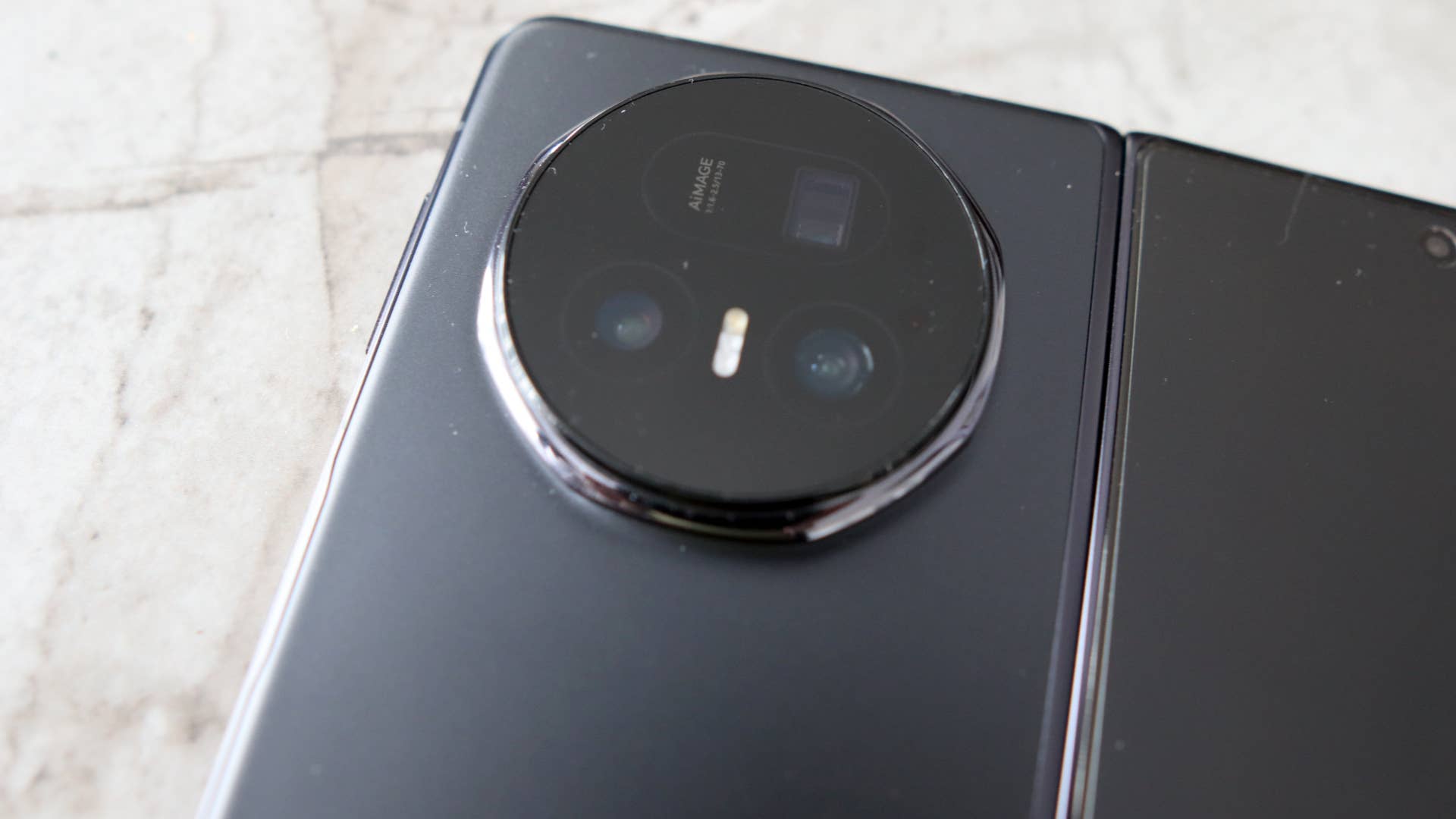
The cells inside the Magic V5 are also silicon-carbon, as in the Magic V3 and Magic 6 Pro handsets I’ve looked at. This has a couple of important benefits, such as being able to work in much colder environments and reportedly being better for the planet than standard lithium-ion batteries.
In my testing, I managed to comfortably get a couple of days regular use out of the Magic V5, which is excellent. The PCMark V3.0 benchmark served up a result of 11 hours and 25 minutes at 50 percent brightness, which is reasonable screen-on time for a foldable, and around two hours more than the Magic V3.
Conclusion
In-keeping with the typically incremental upgrade path I’ve come to expect from modern flagship phones, the Honor Magic V5 might not be much of an upgrade in elements against its predecessor, but it is a genuinely excellent foldable handset.
We’ve got potent performance, plus a set of two dazzling OLED screens and stronger performance in terms of camera quality and battery life, meaning Honor has hit the right notes when it comes to its targeted areas for upgrade over the Magic V3. By also being even thinner it makes it even more pocketable overall and retains serious points for a modern and stylish foldable phone. It’s just the MagicOS Android distro that holds it back a tad.
For the £1699.99 asking price, the Honor Magic V5 is an undeniably premium handset that offers some serious competition to both Samsung and Google and continues Honor’s upwards trajectory in providing genuinely compelling phones from a brand you may not have considered before.



